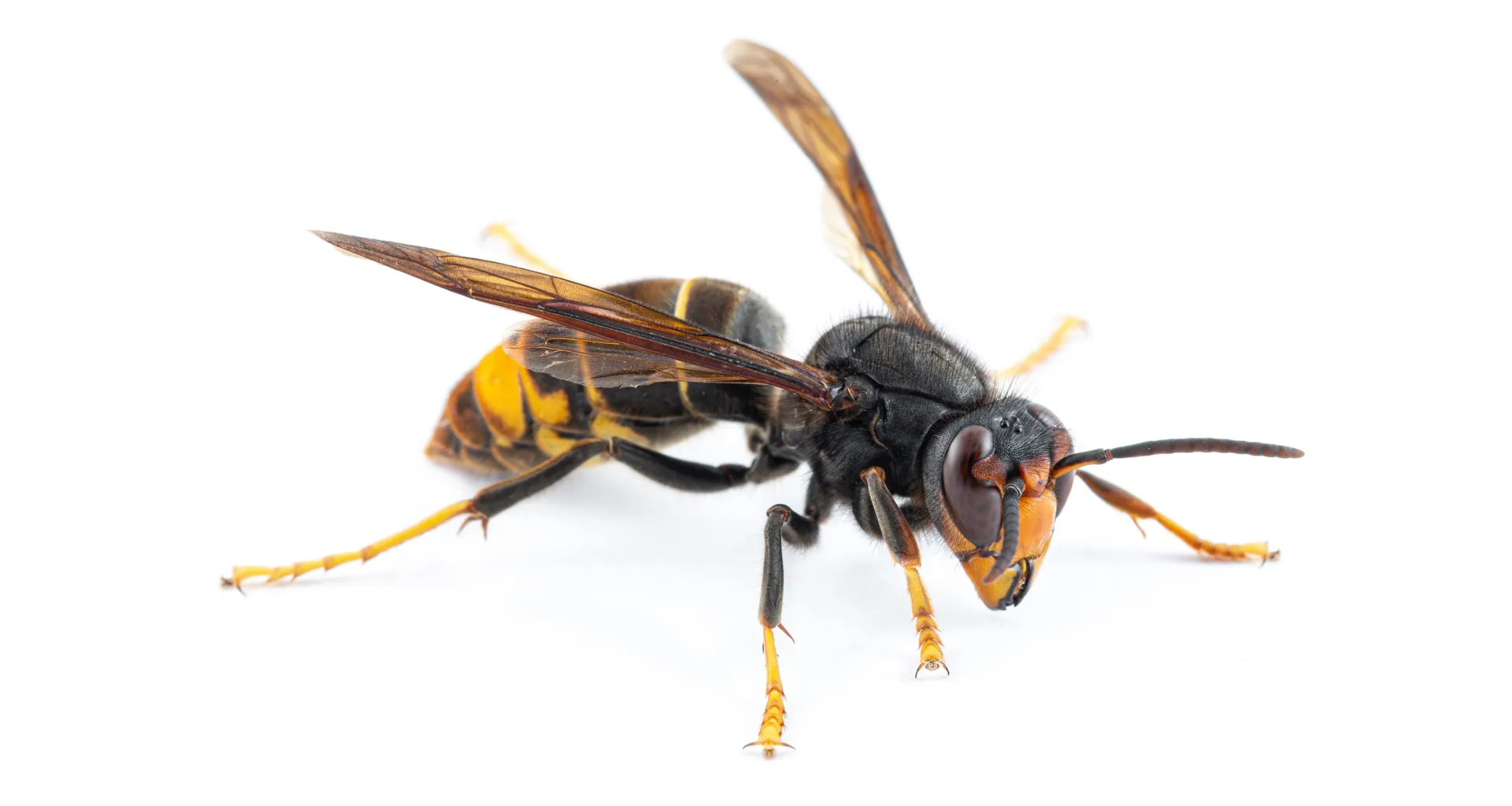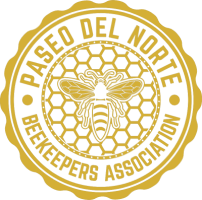Identify the threat. Are they honeybees?
When you're dealing with unwanted bees or wasps in your home or yard, it's essential to correctly identify the type of insect you're up against. Understanding the differences between honey bees, bumblebees, and wasps is crucial for selecting the right equipment and strategies for safe and effective removal. In this section, we'll explore the key characteristics of each type of insect and provide tips on how to correctly identify them, ensuring you're always prepared for whatever buzzing intruders come your way!
Honey Bee
This is a Honey Bee. You’ll notice this honey bee is fuzzy and amber and brown striped (not yellow and black).
If your bees look like the fuzzy honey bee to the left, then you most likely have honey bees. Even though honey bees are lovely and help pollinate our food, they can be problems when they take up residence in our homes.
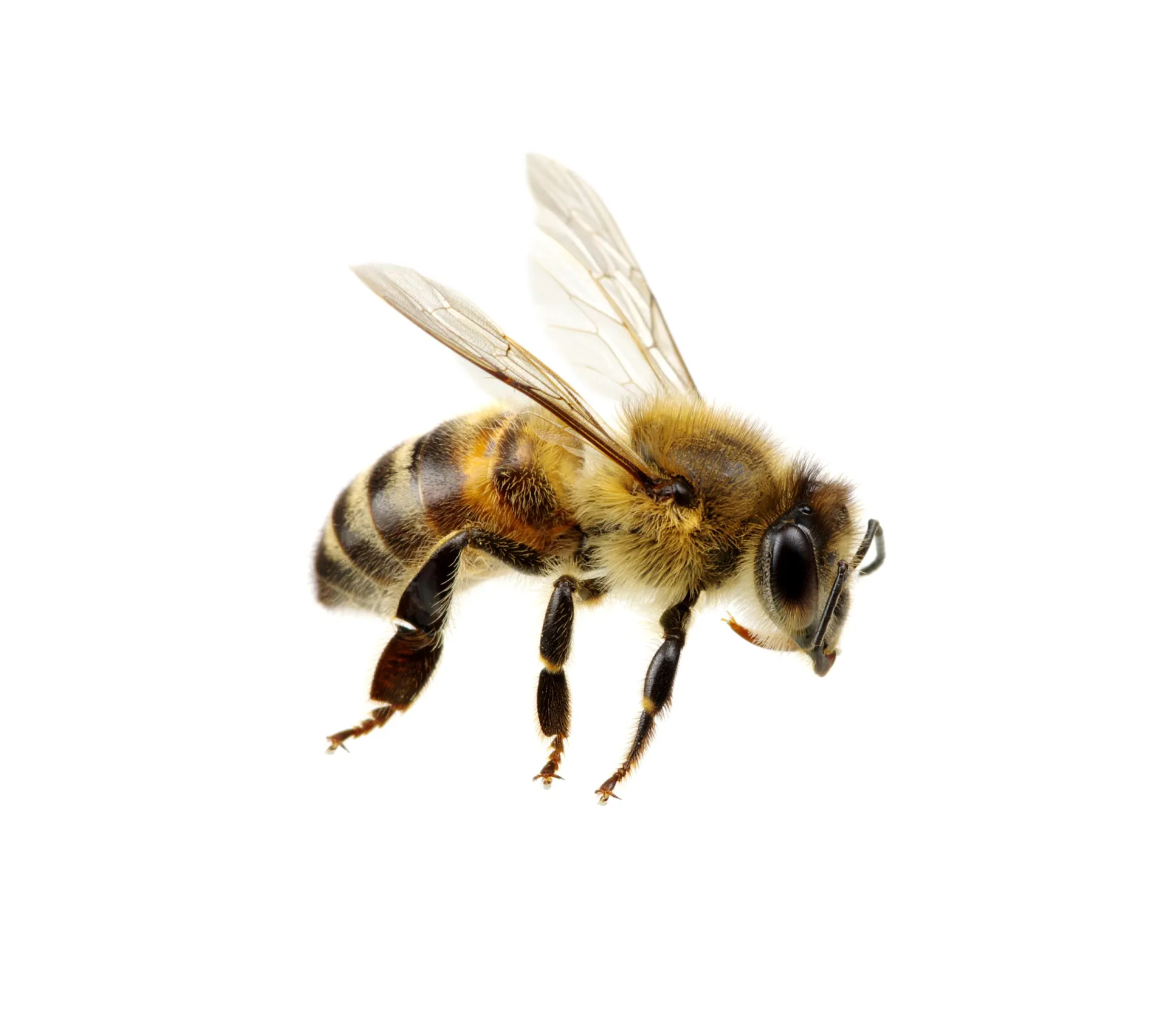
Bumblebee
Bumblebees have round bodies covered in soft hair (long branched setae) called ‘pile’, making them appear and feel fuzzy. They have aposematic (warning) coloration, often consisting of contrasting bands of color. Bumblebees nest in the ground.
If your bees look like the fuzzy honey bee to the left, then you most likely have honey bees. Even though honey bees are lovely and help pollinate our food, they can be problems when they take up residence in our homes.
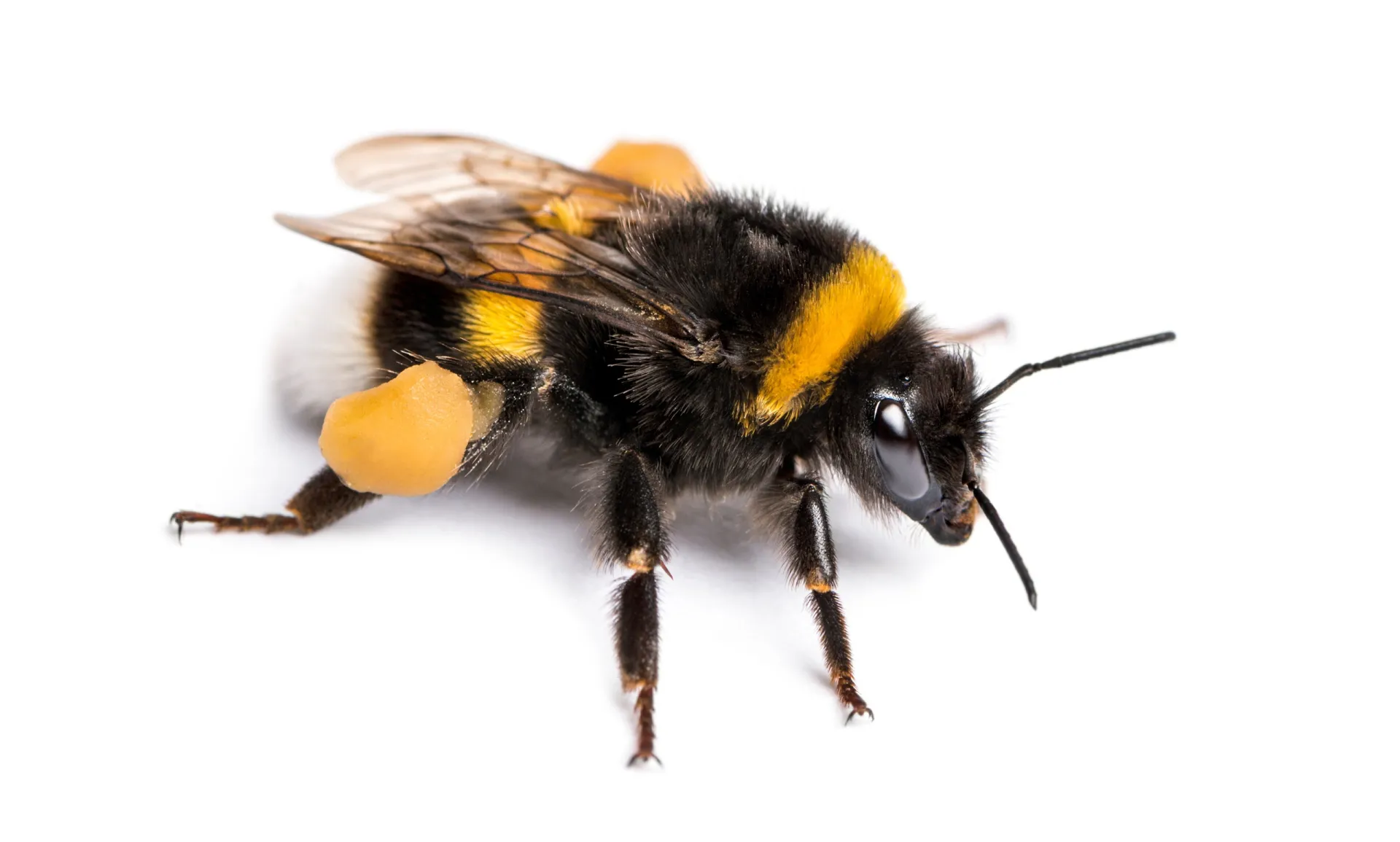
Yellow Jacket / Wasp
This is a yellow jacket. Yellow jackets are sometimes mistakenly referred to as “bees” given they are similar in size and sting, but they are actually WASPS. Notice it is strikingly yellow and black in color and hairless.
We DO NOT relocate, remove or exterminate a wasp or yellow jacket.
Yellow jacket colonies become nuisances in the spring and summer, but they will die over winter. If they are in a location where they are a problem, you can remove them by calling an exterminator.
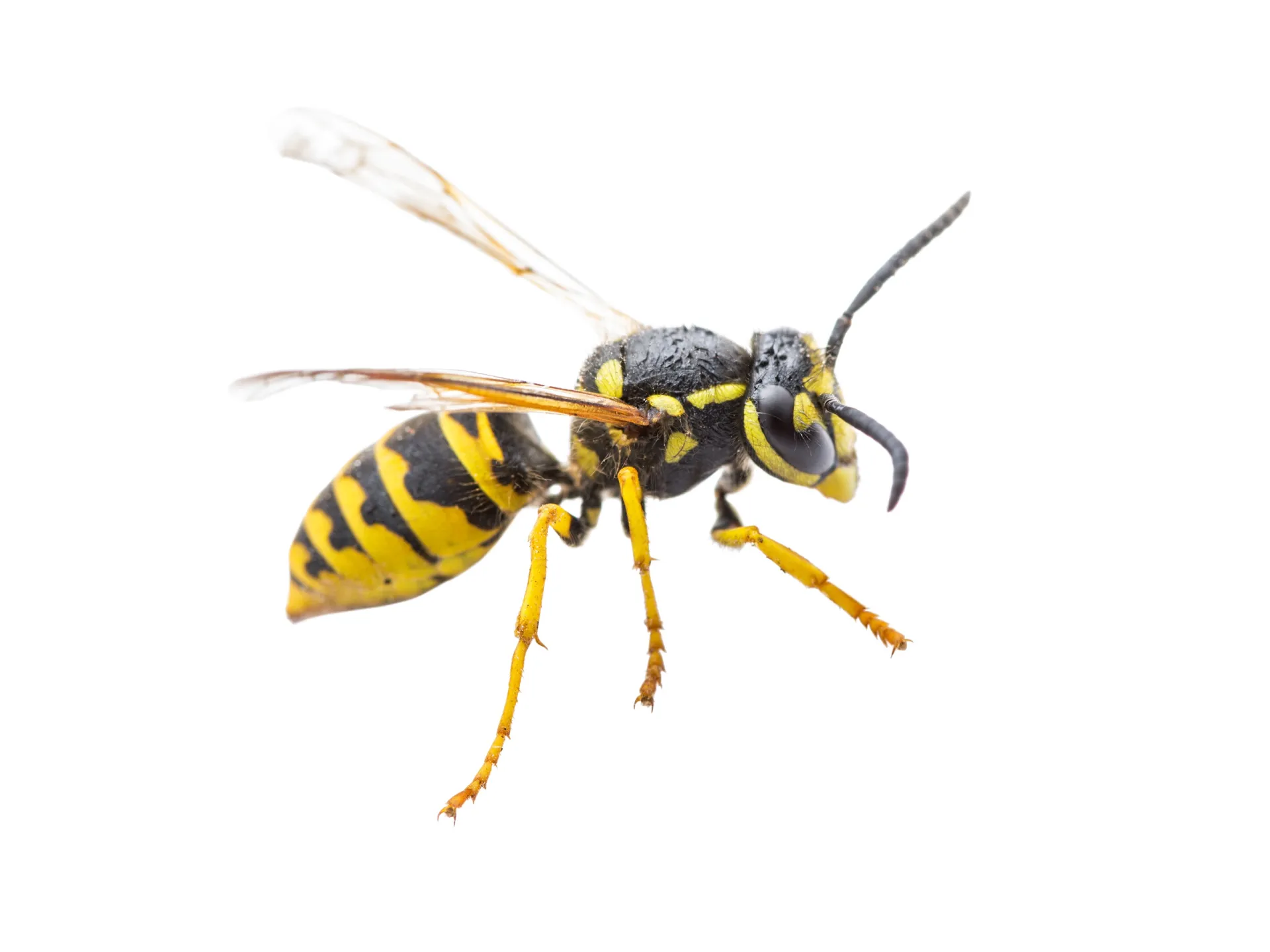
Hornet
A hornet, like a wasp, has a thin waist between the thorax and the abdomen. This physical trait is known as being “wasp-waisted.” It distinguishes them from the bee family, which have thick waists between the thorax and abdomen. Look for black and white coloring.
We DO NOT relocate, remove or exterminate hornets.
